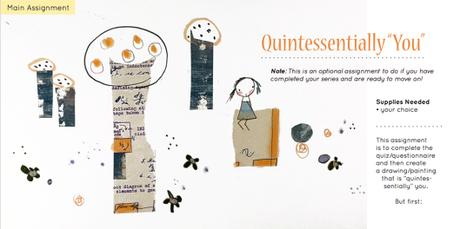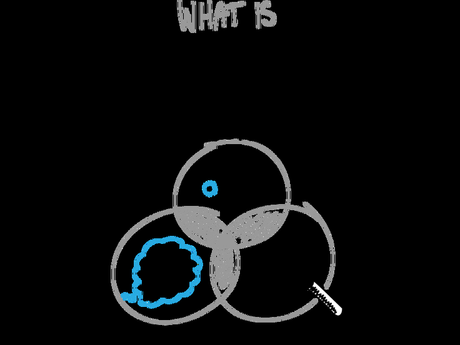Can we even teach that about a world that is going to be filled with changes when we ourselves lack the experience?
We hope you enjoyed the structured, systematic creative thinking approach to the first 21-century challenge - Who owns your medical data? The aim of this series of posts is to sketch possible thinking steps that might help us to get a solution or at least a direction for one of today's urgent issues as identified by Yuval Noah Harari in the book 21 Lessons for the 21st Century
Introduction to the challenge
The focus of the second 21 Century Challenge will be on education. In the book it is explored as follows:
In a world where change is the only constant, how can we prepare ourselves as well as our children?
Advances in technology will make it possible to engineer not only our bodies but also our brains and minds. Predicting the future is always tricky, yet, certain things that previously was rather straightforward is increasingly becoming more difficult to predict. For example, what people will do for a living.

What advice should young people follow?
Who or where should they turn for advice when adults' wisdom may only be outdated biases?
Approach to the thinking

In this challenge, we will use a visual approach to the thinking. We thought that might provide a nice contrast to the previous challenge. It is much more intuitive, which may a good approach because most people have experience and strong ideas about education. A visual approach to the thinking gives us a chance to use images and to forge connections with future education.
At the age of 87, Michelangelo said "I am still learning", making him a poster child for lifelong education.
So let's make a poster or college. You can draw, use photos, cut or tear the paper into different shapes, use text, scribble. . .
There are two Points of Entry to the thinking. Choose one approach.
1. From the current situation: make a collage of your face as a student
- What sort of skills are children and students taught today?
- What are the aims, goals, and objectives of the education?
- How is it organized?
- What have been success factors?
- What is missing in the curriculum?
- What are the chances and opportunities?
- What are the threats?
- Generate more aspects...

2. From the future: make a collage with the title Quintessentially You - Student 2050

- What skills and competencies are needed for a 21-century approach?
- Who is going to teach these skills?
- What characteristics and skills does the teacher need?
- Where are they going to be taught?
- How is the identity of a student changed?
- Generate more aspects...

In the following post, we will publicize our visual attempts and some conclusions derived from it, just as examples.
More about visual thinking: Thinking in Images
Visual thinking is a way to organize your thoughts and improve your ability to think and communicate.

